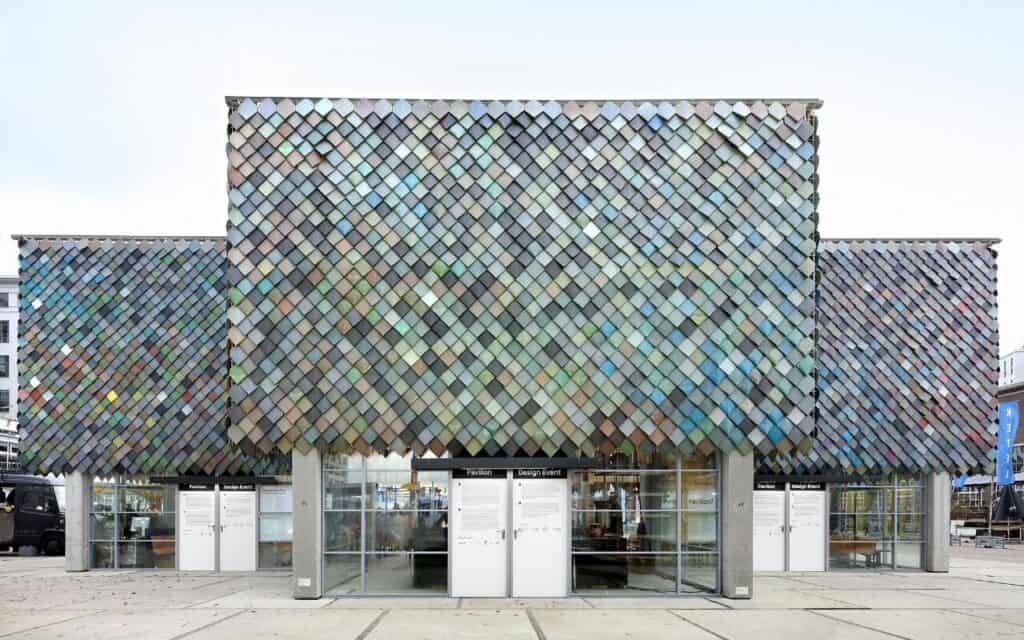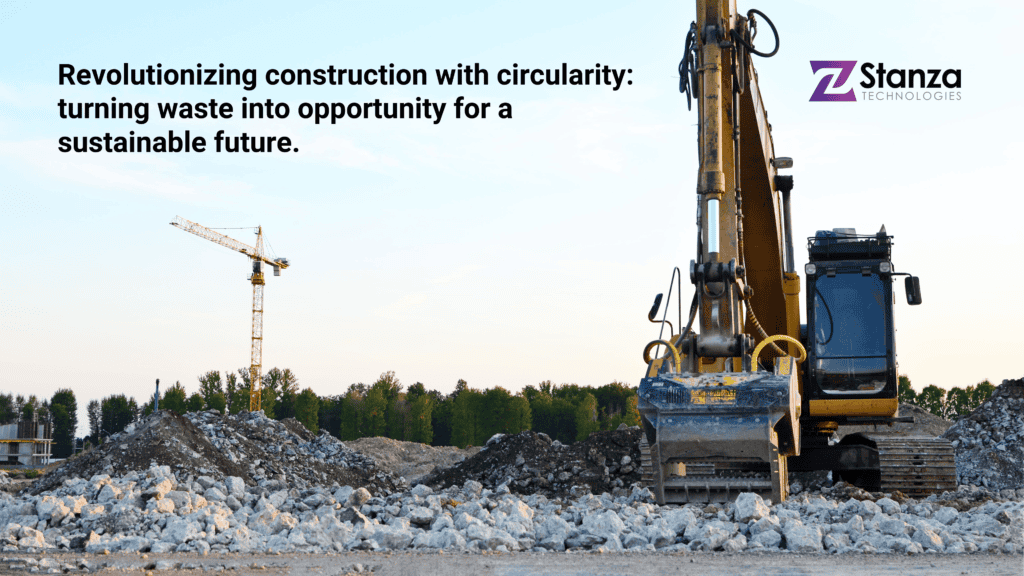The construction industry, while essential for societal progress, has faced significant challenges in terms of sustainability. From resource depletion to waste generation, the linear model of “take-make-consume-dispose” has strained our environment. However, there’s a promising solution on the horizon: circular construction. This innovative approach reimagines waste as an opportunity rather than an ending, aiming to revolutionize the way we build and maintain structures.
1. Resource Depletion: Traditional construction relies heavily on virgin materials—wood, concrete, steel, etc. The extraction of these resources depletes natural reserves, impacting ecosystems and biodiversity.
2. Waste Generation: Construction and demolition activities contribute significantly to global waste. When buildings reach the end of their lifecycle, materials are often discarded or downcycled, leading to immense waste piles.
3. Energy Consumption: Energy-intensive processes—such as cement production—contribute to greenhouse gas emissions. The construction sector’s carbon footprint remains substantial.
Circular Construction: A Paradigm Shift
Circular construction disrupts the linear model by embracing circular economy principles. Here’s how it works:
- Reuse: Rather than discarding materials after a single use, circular construction encourages their reuse. Salvaged bricks, reclaimed wood, and repurposed steel find new life in subsequent projects.
- Sharing and Leasing: Imagine a world where construction materials are shared across projects. Circular construction promotes collaborative platforms where surplus materials can be leased or exchanged.
- Repair and Refurbish: Instead of tearing down entire structures, circular construction emphasizes repair and refurbishment. Extend the lifespan of buildings by maintaining and upgrading components.
- Upcycling: Transform waste materials into higher-value products, such as turning discarded glass into beautiful countertops or using reclaimed timber for bespoke furniture.
- Recycling: When materials can no longer serve their original purpose, recycling becomes crucial. Circular construction ensures that recyclable materials re-enter the production cycle.
Benefits of Circular Construction
- Reduced Material Demand: By reusing and recycling, circular construction minimizes the need for virgin materials. This reduction directly impacts resource depletion.
- Lower Waste Generation: Circular practices divert materials from landfills, reducing waste. Imagine fewer construction dumpsters overflowing with discarded materials.
- Energy Efficiency: Repairing and refurbishing consume less energy than starting from scratch. Circular construction contributes to lower energy consumption.
- Cost Savings: Reusing materials and sharing resources can lead to cost savings for builders and developers. It’s a win-win for both the environment and the bottom line.
- Climate Impact: Circular construction significantly reduces CO2 emissions associated with material production.
Real-World Examples

The Circle House (Amsterdam): This residential project showcases circular principles, using recycled materials and emphasizing longevity.

Gallery of People’s Pavillion (Netherlands): Designed with circularity in mind, this building demonstrates how sustainable materials and design can coexist.
Circular construction isn’t just about erecting buildings; it’s about reshaping our relationship with resources. The construction industry can thrive sustainably by adopting circular practices, turning waste into opportunity–one brick, beam, and board at a time.










